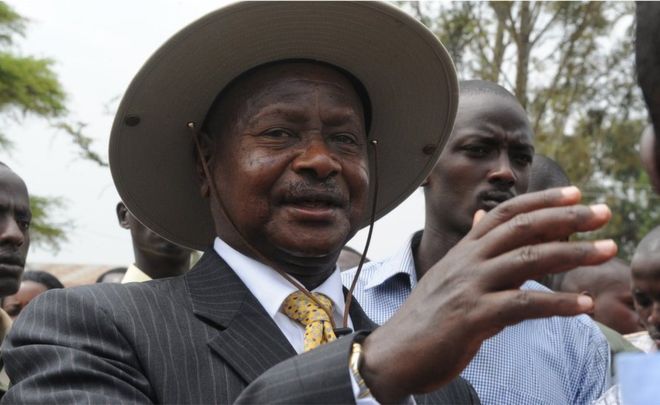East African Community member states are meeting in Entebbe, Uganda, this week in a desperate attempt to agree on a common position on how to tax goods entering the region. This comes ahead of the regional budget reading set for June.
The EAC Heads of State, in February, directed the Council of Ministers to review the relevant rules and harmonise the common external tariff (CET) in three months. Implementation of a new tariff structure is behind schedule by almost two years.
Currently, finished goods imported into the bloc attract a duty of 25 per cent, intermediate goods 10 per cent and raw materials 0 per cent under the EAC’s existing three-band tariff structure, which came into effect on January 1, 2005.
In addition, there is a list of sensitive items such as sugar, wheat, rice, garments and milk, which attract higher duty of above 25 per cent with the aim of protecting local industries from competition.
The EAC Sectoral Council on Trade, Industry, Finance and Investment in a meeting held in Arusha in May 2016, directed the EAC Secretariat to finalise the comprehensive review of the CET by December 2016 for implementation from July 1, 2017.
But member states failed to meet this deadline, prompting a three-month extension to September 30, 2017, with implementation from July 1, 2018.
However, the revised deadline was also not met.
Consensus
But even with the directive by the heads of state, the EAC partner states have again failed to reach a consensus in the past two consecutive meetings they held in Kigali and Dar es Salaam in March and April, respectively.
“The issues are still under discussion. I doubt they will agree on these issues before the budget, which is just one month away,” a government source privy to the ongoing discussions told The EastAfrican.
Principal Secretary in Kenya’s Department of Trade, Chris Kiptoo confirmed that no deal had been reached and that, “Negotiations are still going on.”
The EastAfrican has learnt that the partner states have not agreed on a proposal to introduce an additional fourth tariff band. They have also not agreed on which goods should belong to which band.
It has been proposed that all goods under the current three-band tariff structure be reclassified, with some being shifted to the fourth band whose tax rate is yet to be determined.
The additional band is designed to cater for goods that are often imported as finished goods attracting a higher tariff of 25 per cent only to be used as a raw material, which attracts zero duty. Such goods include clinker, which is used in the manufacture of cement and palm oil.
It is also argued that excessive protection of sensitive goods should be removed so that the products are subject to competition as most member states have abused this window by asking for frequent stays of applications in order to import these products at lower duty.
The EAC Council of Ministers had agreed that removal of stays of applications and duty remissions should inform the comprehensive review of the three-band CET.
They also agreed that the special tax treatment accorded to sensitive items is not anchored in the EAC Customs law and is stifling intraregional trade.
‘Sensitive items’
Researchers at the UKAid-funded International Growth Centre agree and say the first step in the review of the EAC’s CET should be to phase out the “sensitive” items list.
“There are suggestions that the existing band structure has seen some goods placed in incorrect tariff bands,” said the researchers in a report dated November 2017.
They added that non-tariff barriers (NTBs) impede free movement of goods within the region and it is likely that the costs imposed by NTBs including poor trade facilitation, are substantially higher than those imposed by tariffs.
“While the discussion over the future direction of the CET is important, it should not overshadow the urgent need to address the full range of non-tariff measures, and to reduce trade costs,” they said.
According to the EAC Council of Ministers the stability of the EAC CET has been affected by the frequent stays of applications by the partner states, creating distortion and eroding the harmonisation of the tariff regime.
By The Eastafrican



